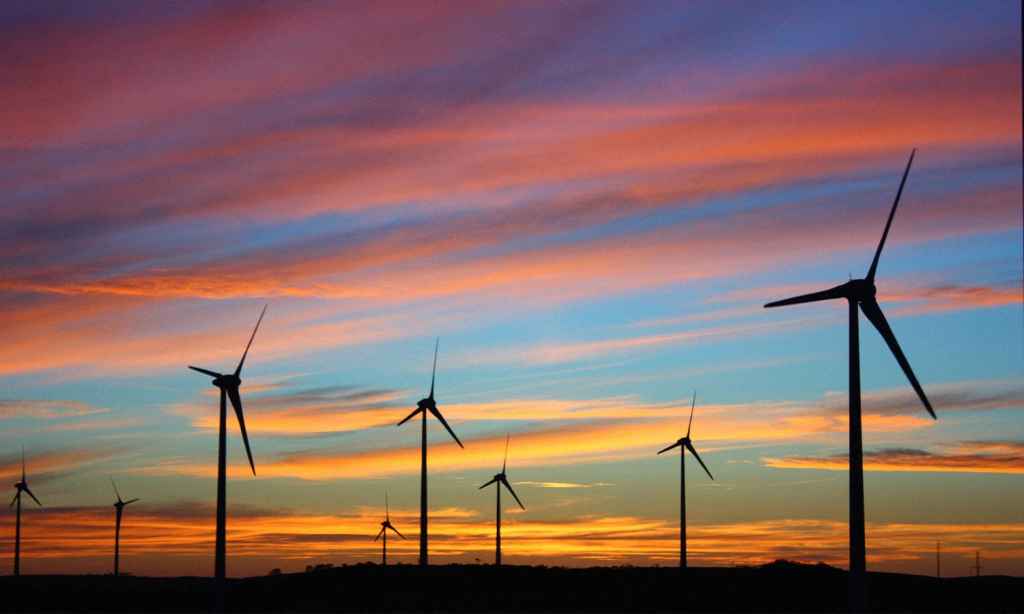Australia always seems to be short of something. In 2020 it was toilet paper, in 2021 it was vaccines, and now, in the year of our lord 2022, it’s leccy. If we can pick up a pattern here, it looks like the country is running out of increasingly important things. Maybe stock up on water for next year, just to be safe.
While the blame game is being played on just whose fault the looming threat of blackouts is, Peter Dutton’s bright idea is renewables. Too many damn lefties wanting too much from the sun. Why can’t they just burn fossilised trees and dinosaurs? If it was good enough for us, it’s bloody well good enough for them.
In a way, he’s kind of right, although in pretty much the opposite sense to the one intended. Renewables are to blame, although it’s the lack of government clarity and forward-looking energy policy in their general regard that has caused the system to start imploding.
An overall lack of investment in the sector over the past decade coupled with changing market conditions that render fossil fuels unviable in the long term has meant Australia’s convoluted, creaking energy supply system is buckling under global pressures.
Would a rapid switch to renewables change things? In the short term, it’s a hypothetical, since these things take years to establish. In the longer term, it’s an inevitable, given our international responsibilities. When we get there is another question, but when the green future arrives, will it be one without blackouts and power shortages? Here’s what you need to know.
Would Switching to Renewables Stop the Energy Crisis?
It depends on who you ask. Most experts and industry leaders in the field argue that a long-overdue transition to renewables would end the energy crisis.
Part of that is because it would allow Australia to use the energy that it produces at home, rather than exporting most of the primary ingredients, like coal, as we currently do.
Management is one thing, but another is to do with the way renewables are made viable more than the actual source of the power itself. Because the sun doesn’t shine at night, and the wind isn’t blowing all the time, renewable energy sources need to be able to store the power they generate to avoid shortfalls.
Battery technology is basically the solution to this, and Australian industry is investing heavily in the establishment of new battery solutions. South Australia, at one point, had the world’s largest battery, while NSW looks set to create a series of similarly massive batteries. Given there would be plenty of backup electricity ready to be pumped into the grid, it could see shortages become a thing of the past.
However, the current problem is not actually one of supply, but rather energy suppliers refusing to play ball with the energy regulator. When the Australian Energy Market Operator mandated price caps on electricity on Monday, power companies simply refused to generate power. This then forced AEMO to mandate their supply, trying to make them cooperate, but whether this will fix the issue or not remains to be seen.
Renewable power sources are not above this petty capitalistic politics. The big battery in SA — officially the Hornsdale Power Reserve — was taken to court by the Australian Energy Regulator last year for failing to back up supply and follow AEMO orders when the state’s largest coal-fired power station unexpectedly stopped working. Granted, this was more a technical issue than a financial one, but just because it’s renewable doesn’t mean it’s guaranteed not to fail.
The grid itself is another issue. The Labor government, at the election, pledged a $20 billion upgrade to Australia’s electricity grid. The plan sees regional and rural areas shift away from centralised coal-fired power station models to smaller, renewable projects, and the infrastructure to support them. Eventually, the plan is to supplant coal power generation by 2050 — the deadline agreed to at the UN COP26 meeting for carbon neutrality.
2050 however is still a long way away and between now and nearly three decades time, the current plan is still to rely quite heavily on fossil fuels, particularly gas and the exportation of coal. It also doesn’t alleviate the immediate pressures on the grid and, although it’s moving in that direction, won’t end the energy crisis for good.
Still, we’ve got a far stronger chance of avoiding situations like the current one with a renewable energy supply system than an on-demand fossil fuel one. Tech billionaire Mick Cannon-Brookes is on his own personal crusade to decarbonise the country, going as far as to partially buy the country’s largest power company in his efforts.
“We have to move faster onto renewables … and transmission. That’s not a particularly complicated equation as to what we need. It’s just a question of how quickly can we roll it out,” he told The Australian Financial Review.
Arguing that the issue is being caused by old power stations not being up to the current challenge, Cannon-Brookes said that coal is simply “very expensive energy and it breaks.”
So, while renewables may not be able to solve all of our problems, and there are quite a few of them, having a reliable, constant source of power through storage would certainly help to patch up at least one of the glaring holes in our national grid.
Read more stories from The Latch and subscribe to our email newsletter.







